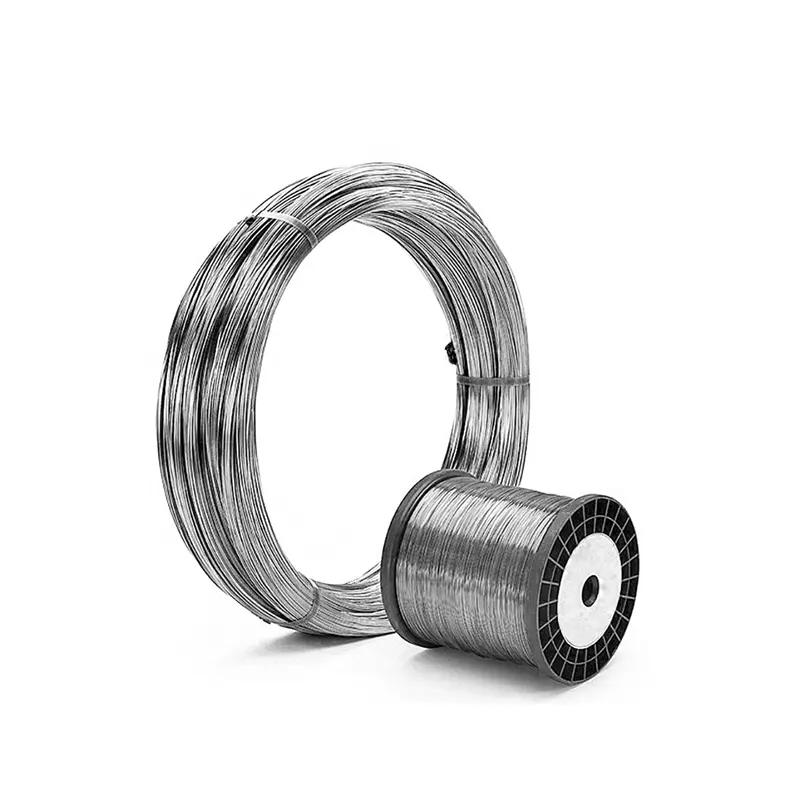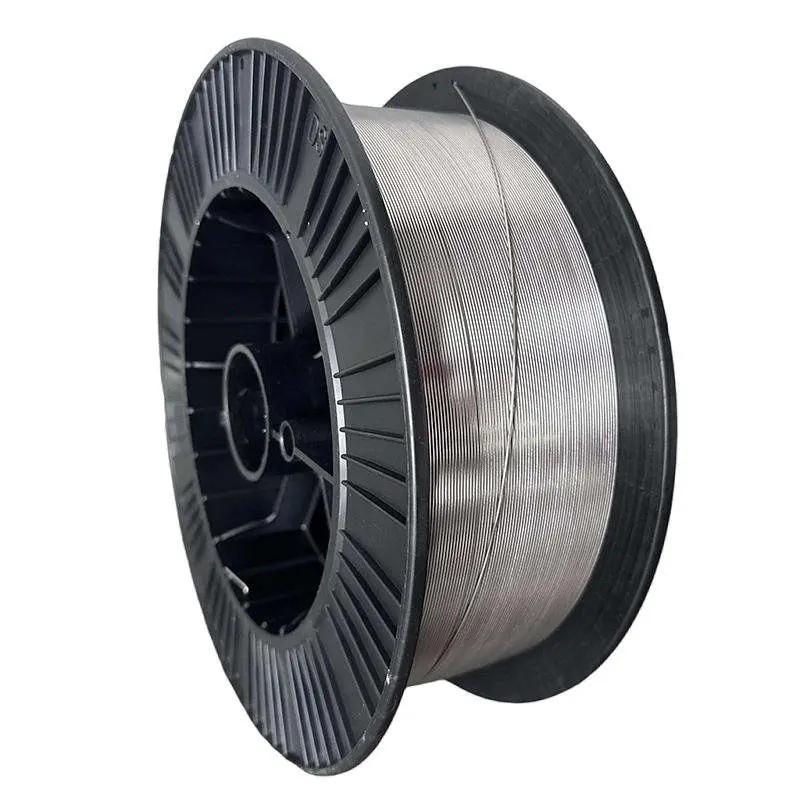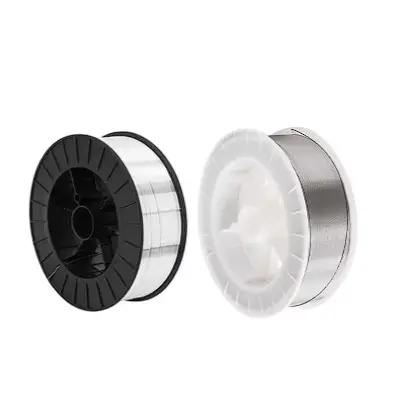High Purity Polishing and Cutting Titanium Wire
Category
Minerals & Metallurgy
Sub-Category
Titanium
Completed orders
0
Price
$10.00
Delivery Cost
$1.00
Minimum Order
1
Kilogram(Weight)
Location
19th Wenquan Industrial Park,Titanium City Road, High-tech District, Baoji City, Shaanxi Province, China, , ,
Product Name: Titanium Wire
Ti (Min):99.6%
Place of Origin: Shaanxi, China
Processing Service: Welding, Cutting
Strength:895MPa
Wire Gauge: Custom
Surface: Pickling Polished
Standard: ASTM B863 AWS A5.16
Shape: Spool Coil Straight
Strength:895MPa
Application: industrial
MOQ: Negotiable for Bulk Orders
Packing: According to Client's Needs (Wooden box/ Carton / Pallet)
Sample: Available
Delivery Time: 3–30 Days
Company Rating

Overall Rating
Description Rating
Delivery time
Contact
Professionalism
You may like this
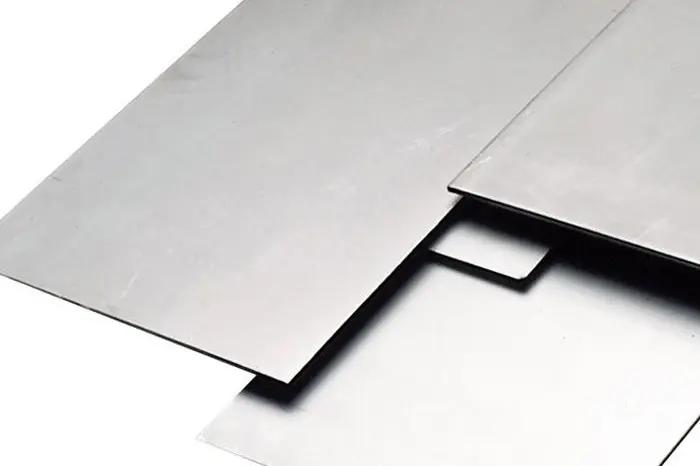
Grade 1/2 Titanium Plate for Industrial High Quality
Price: $10.00 per piece
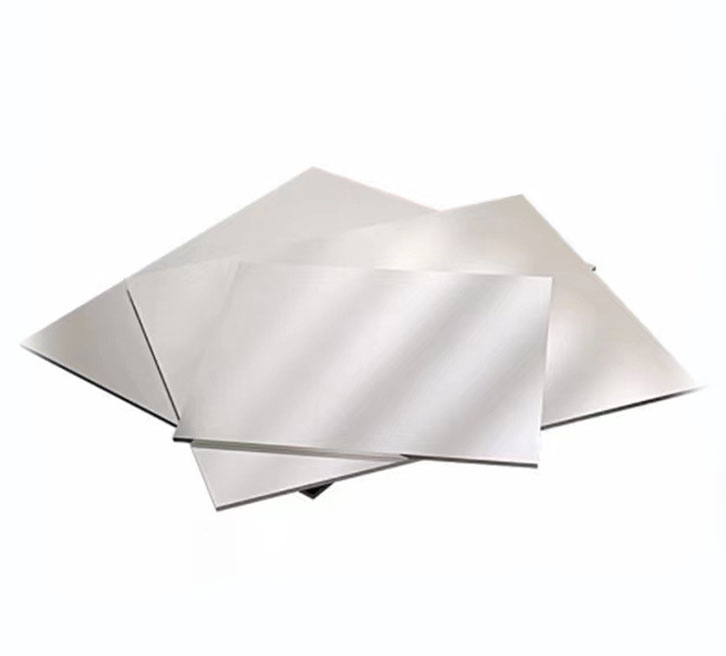
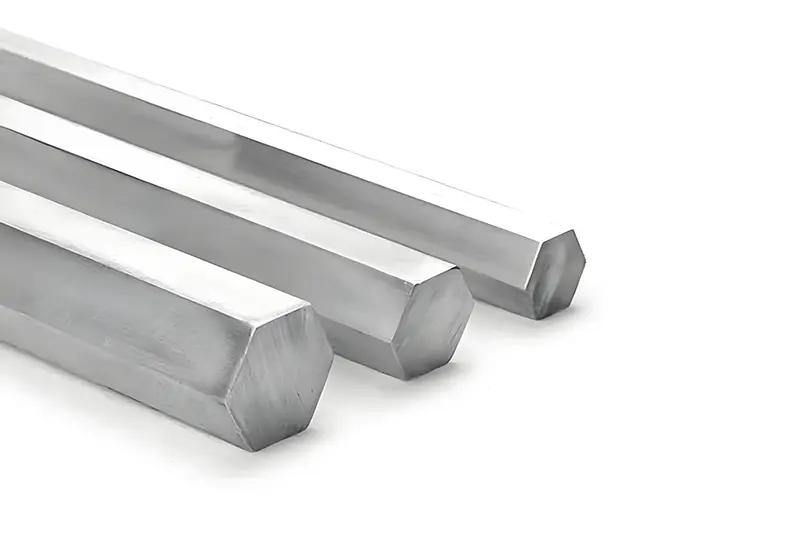
High Purity Titanium Hex Rod for Industry
Price: $10.00 per piece
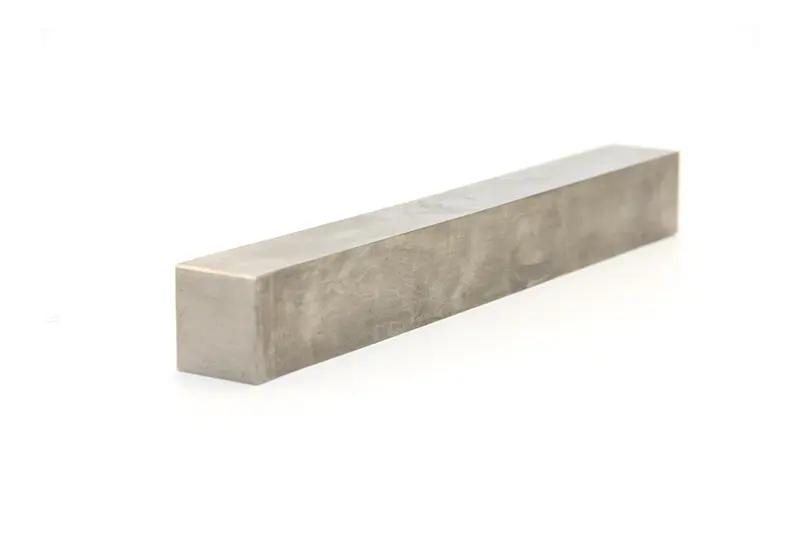
Ti6Al4V Titanium Alloy Rectangular Bar High Strength Corrosion Resistant
Price: $10.00 per piece

